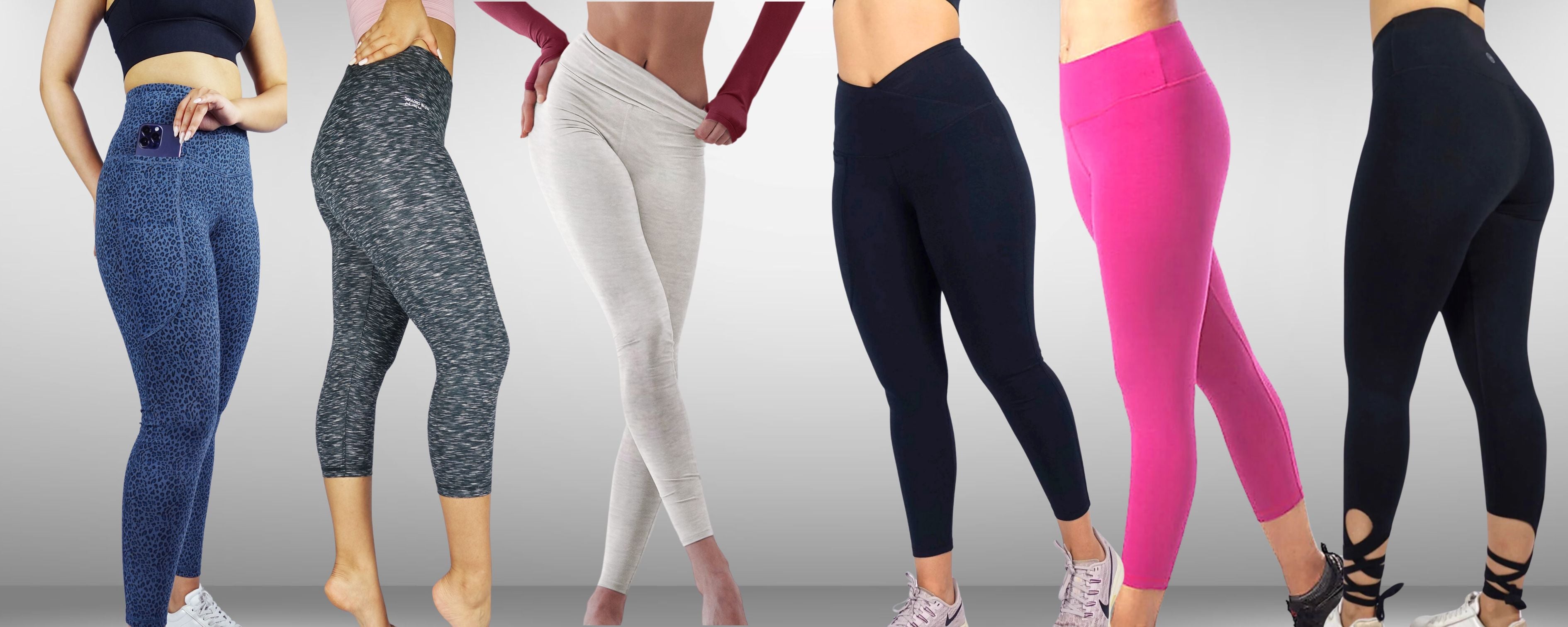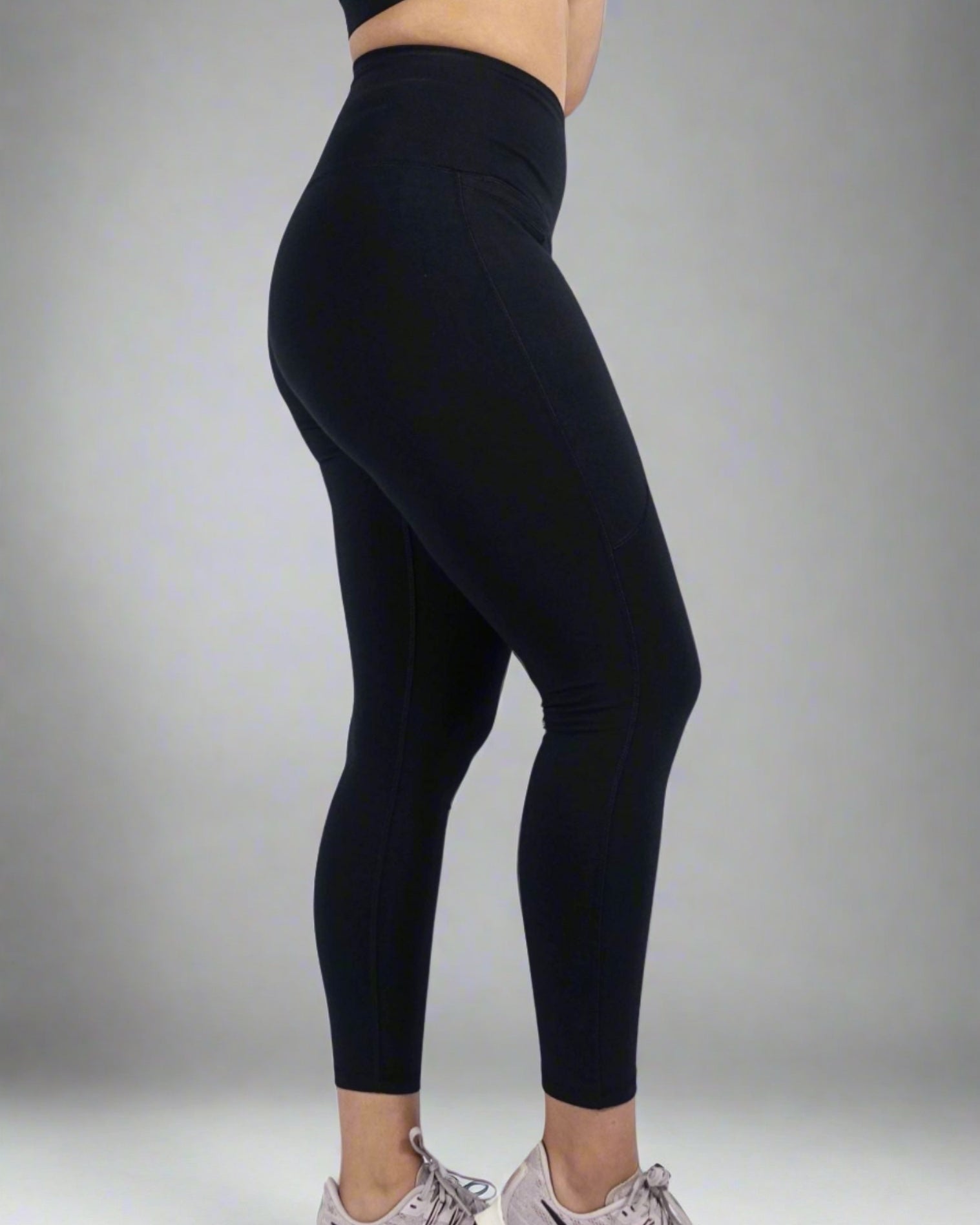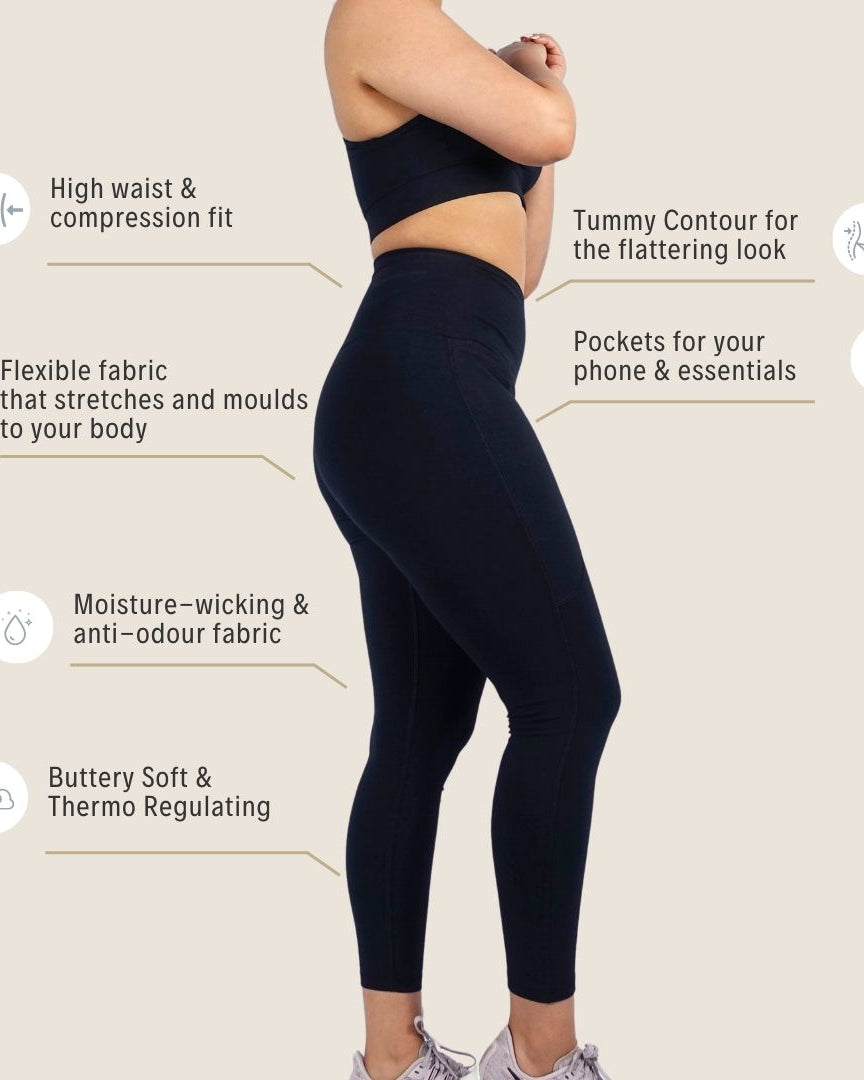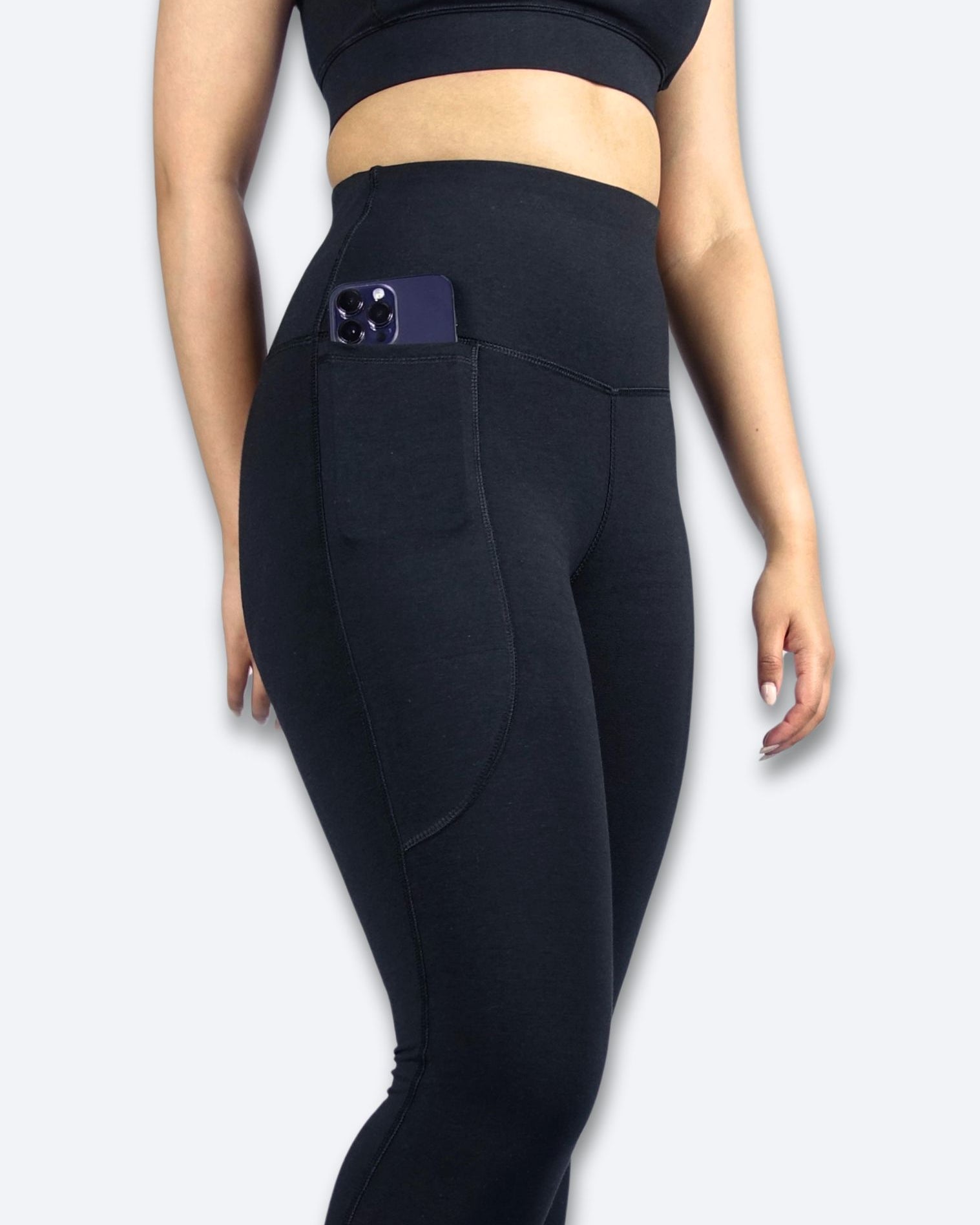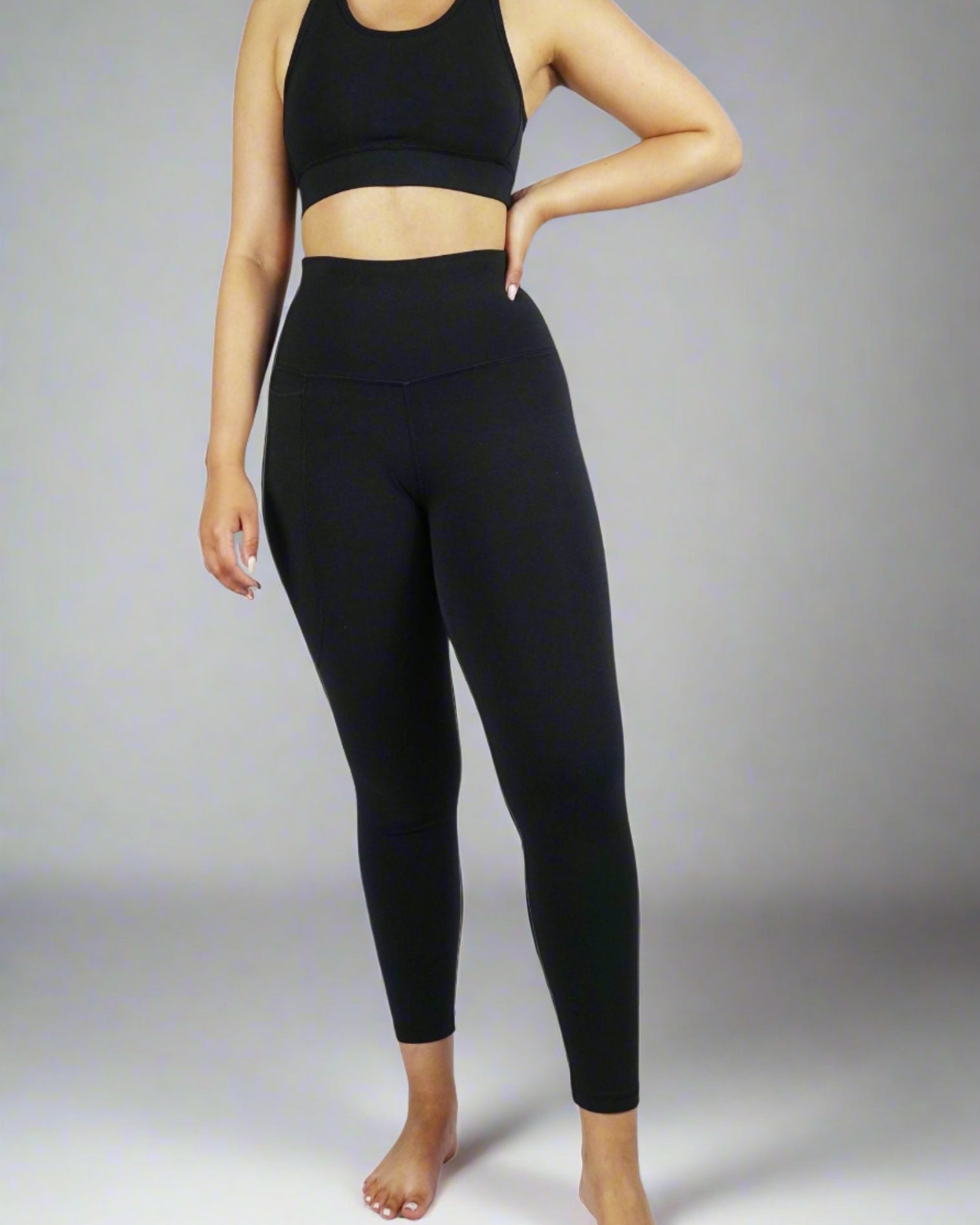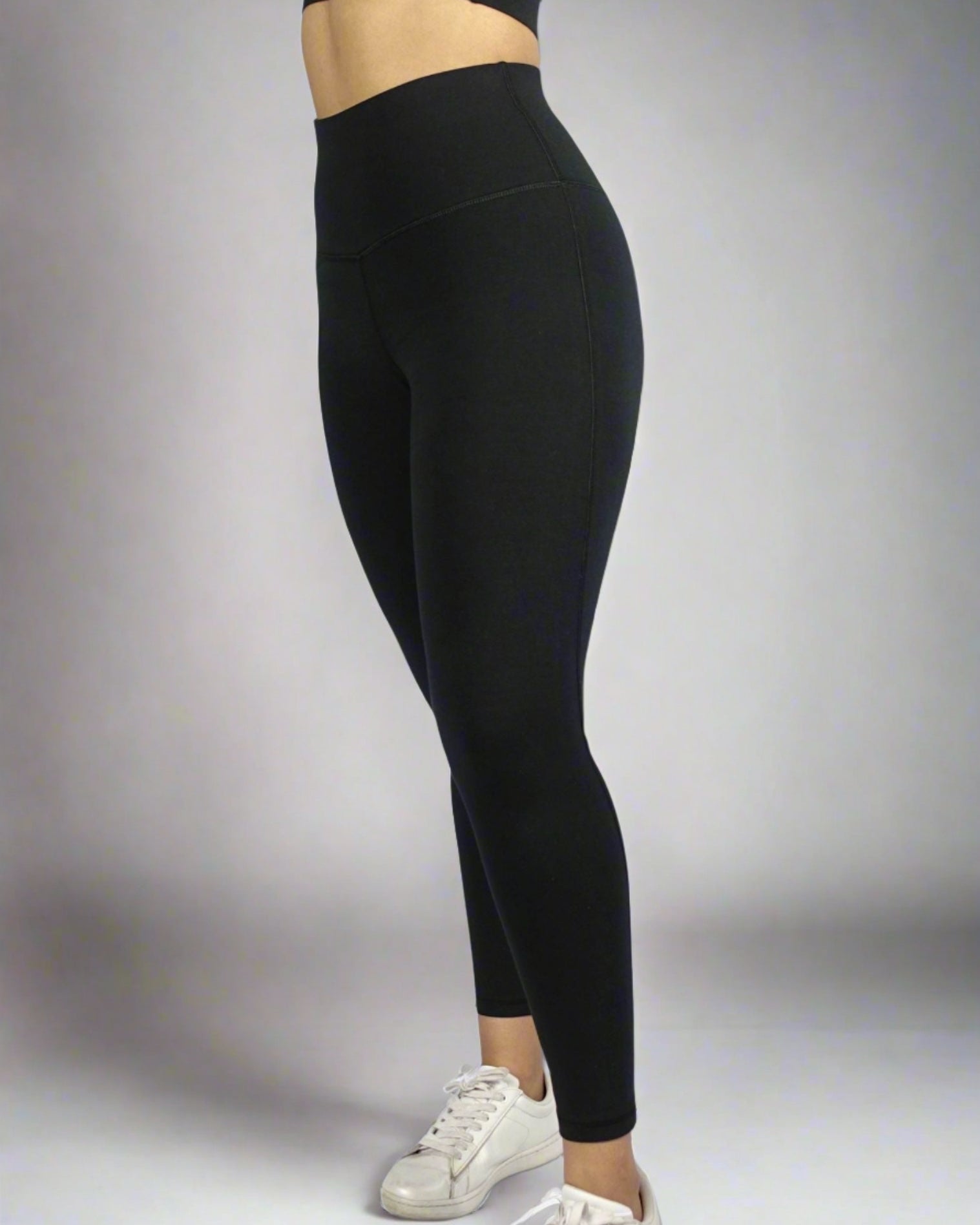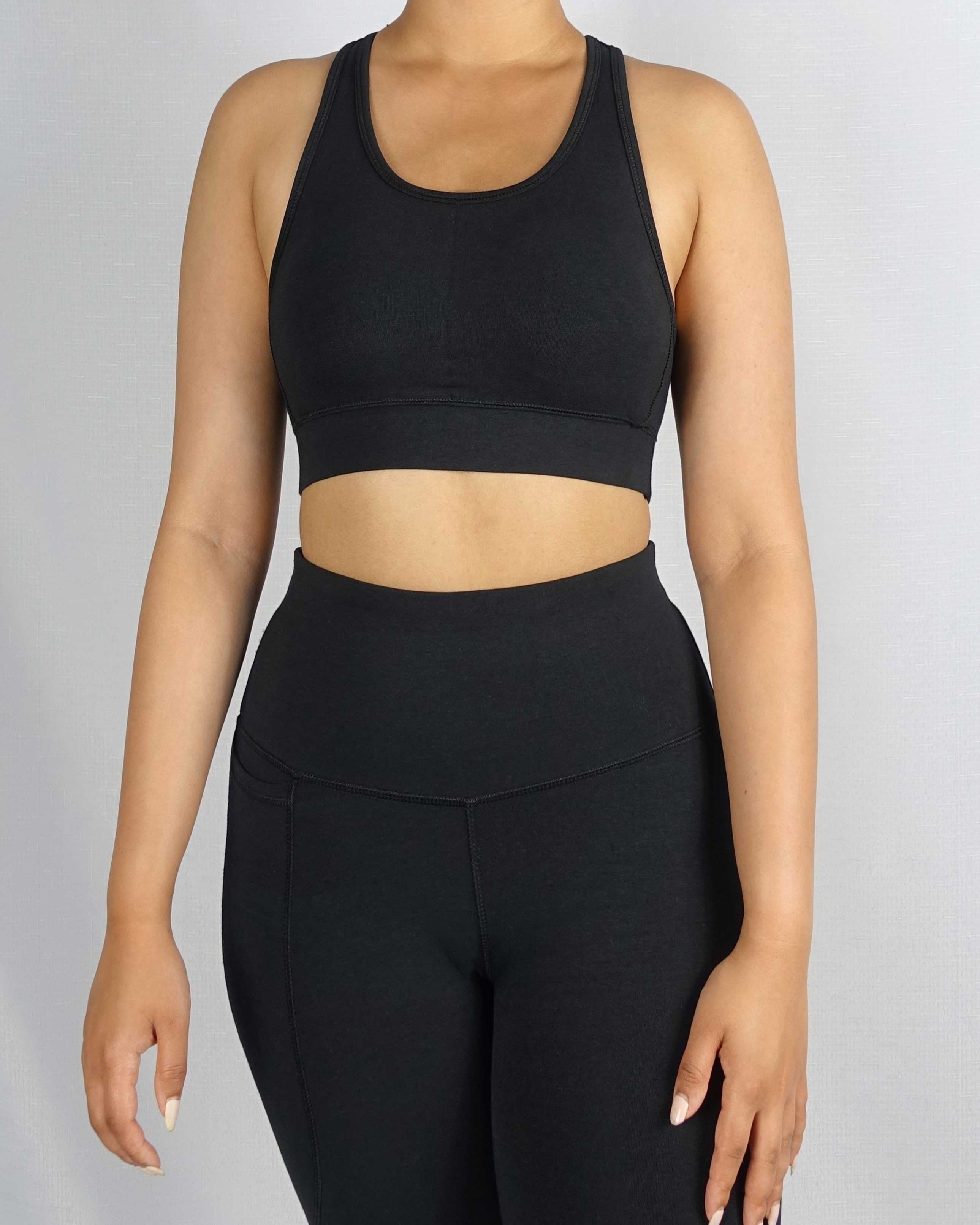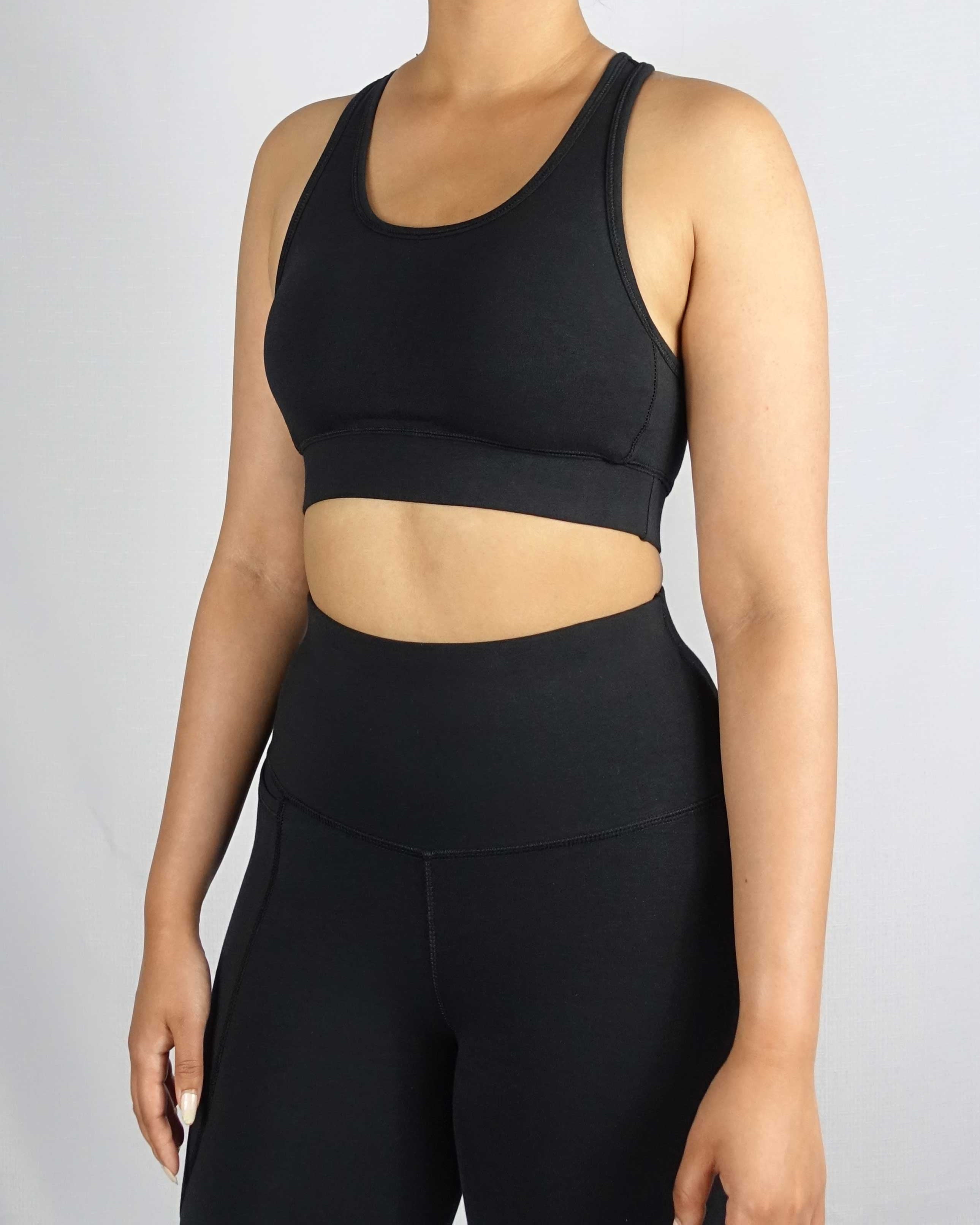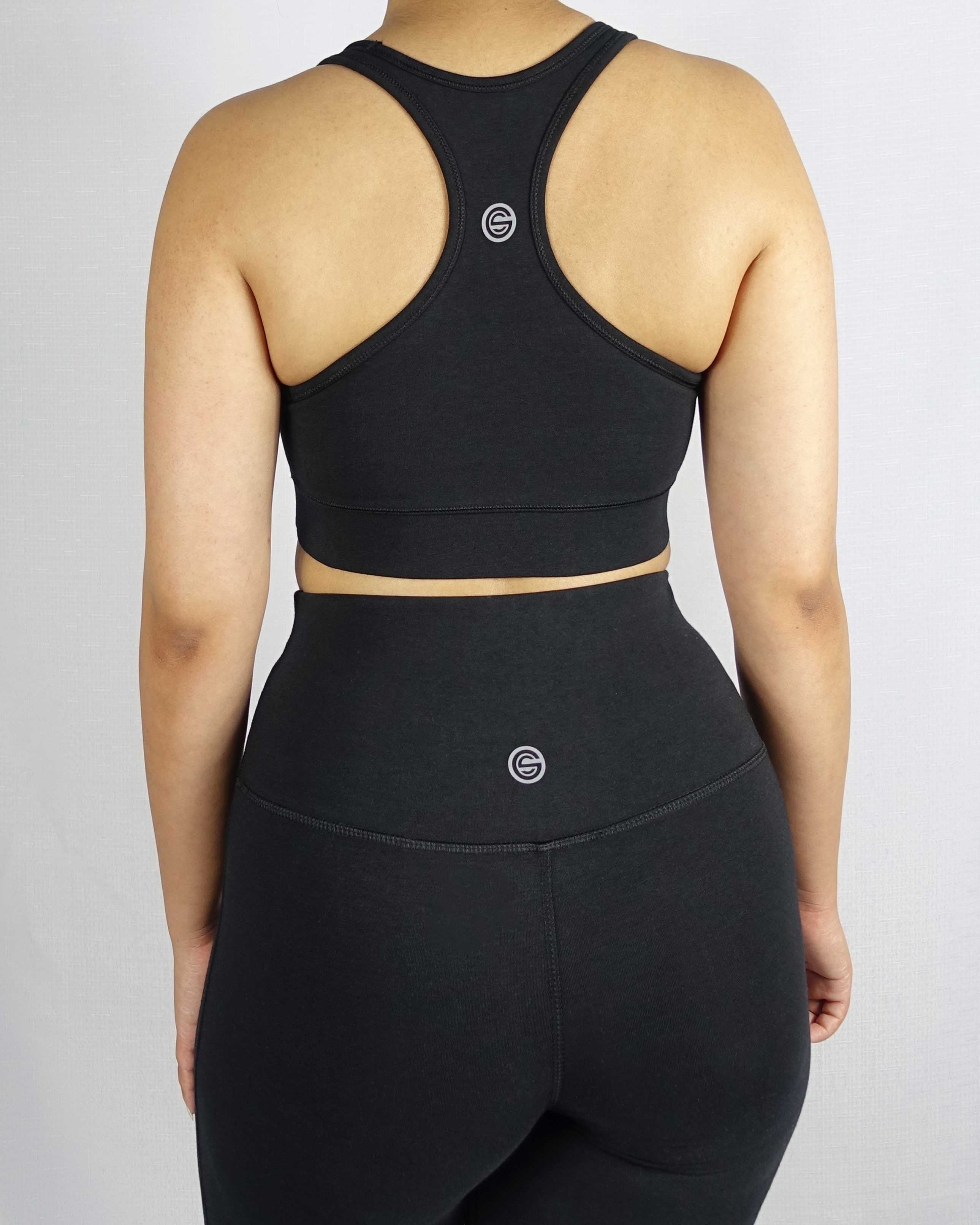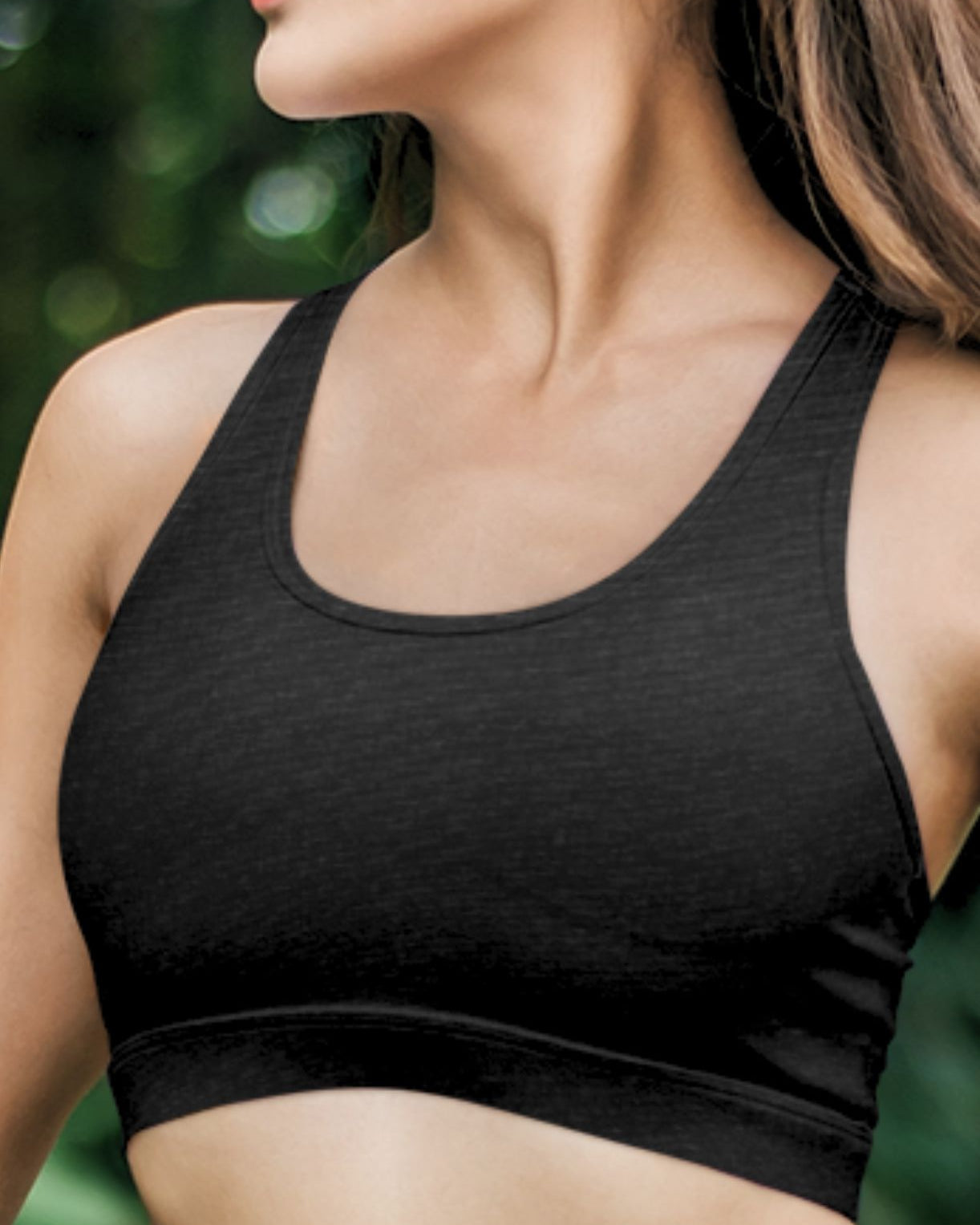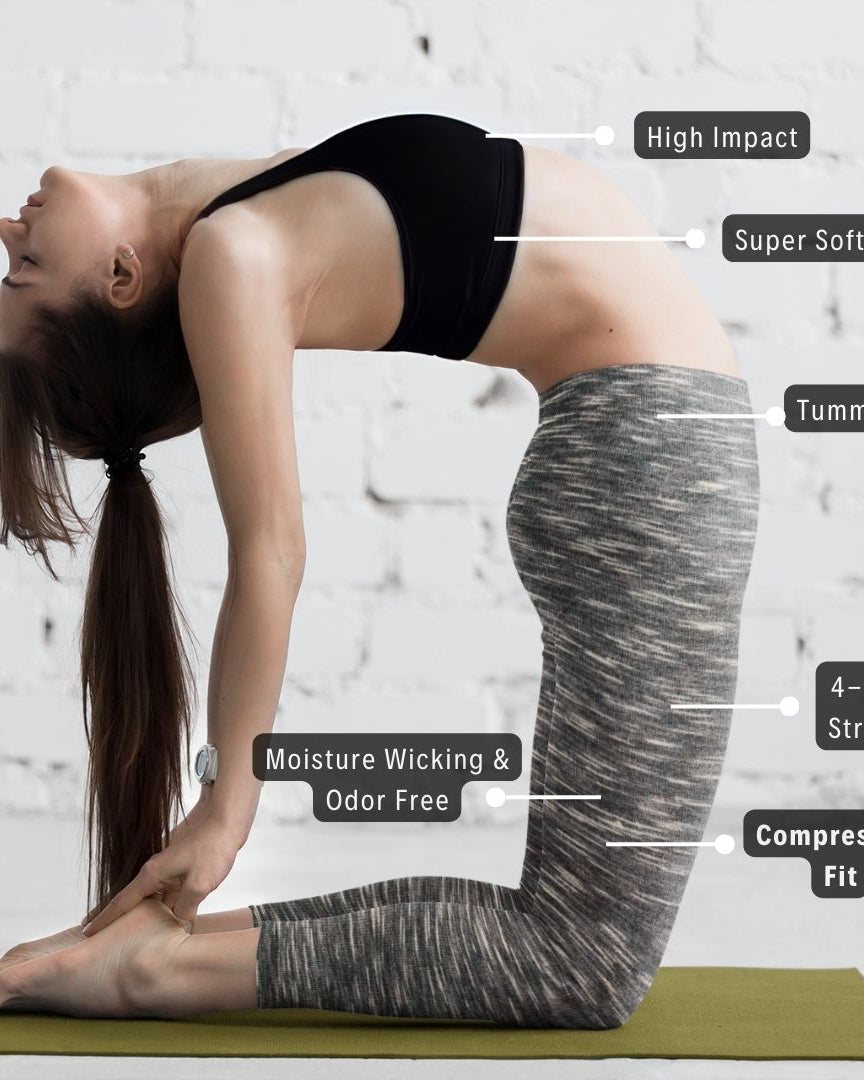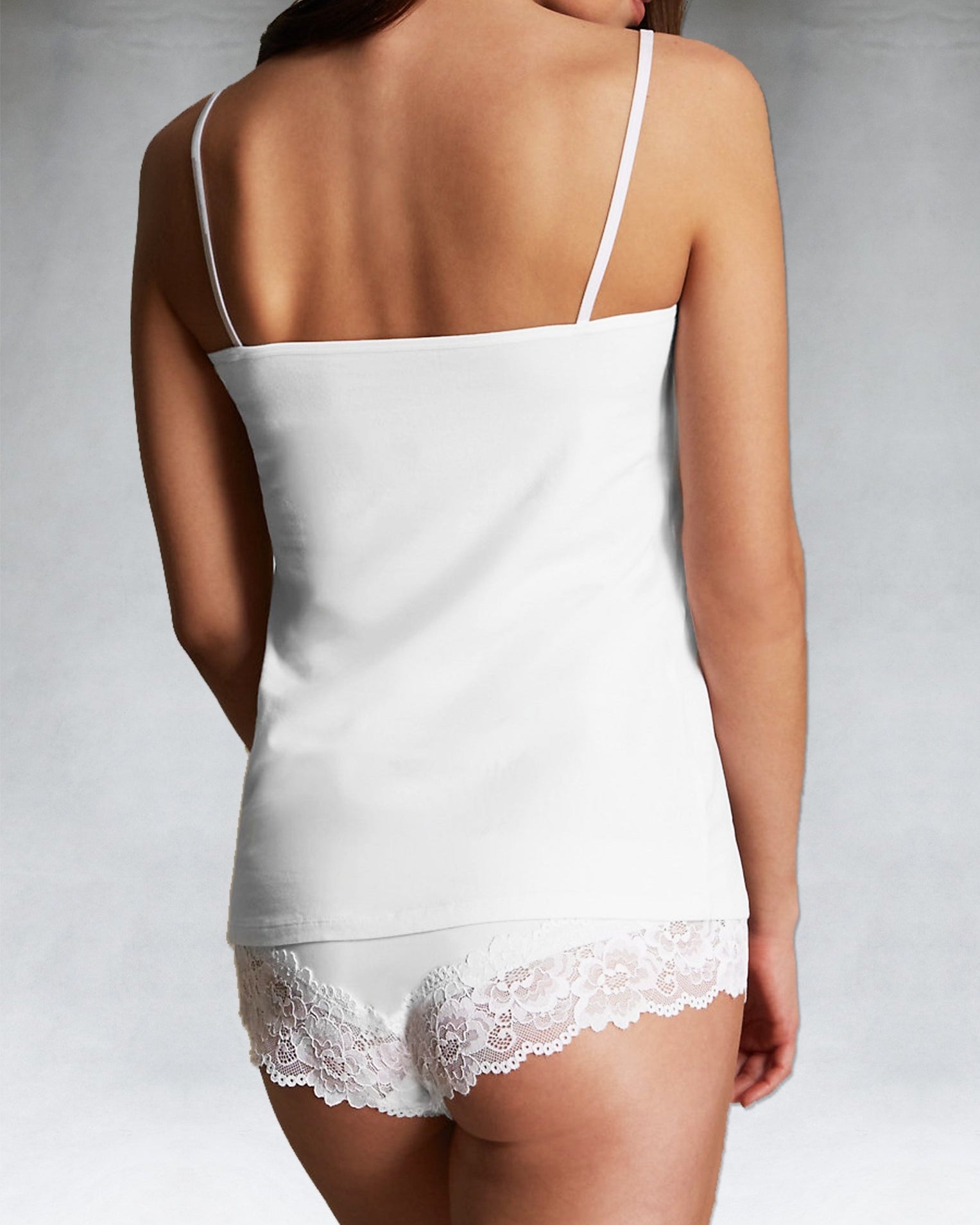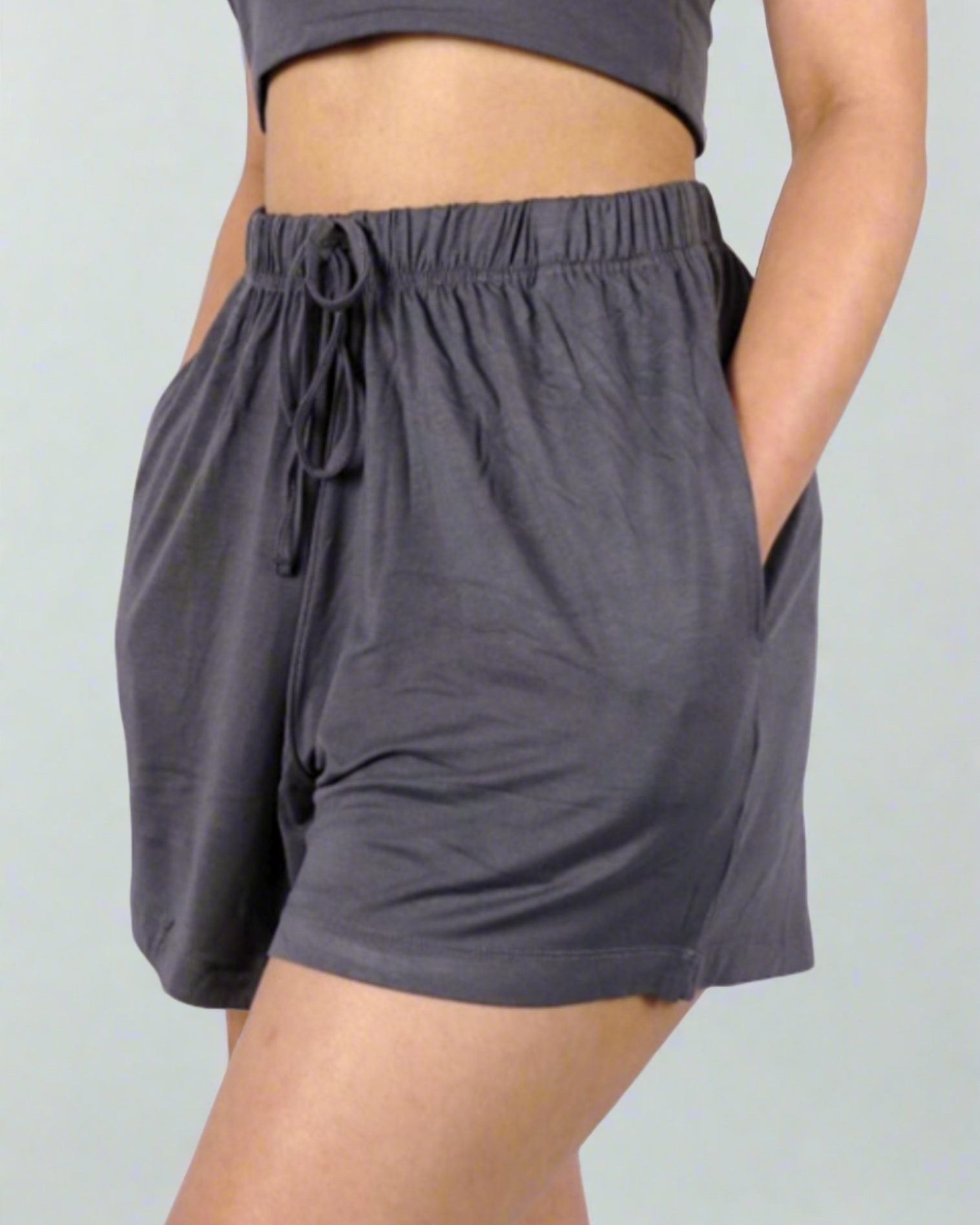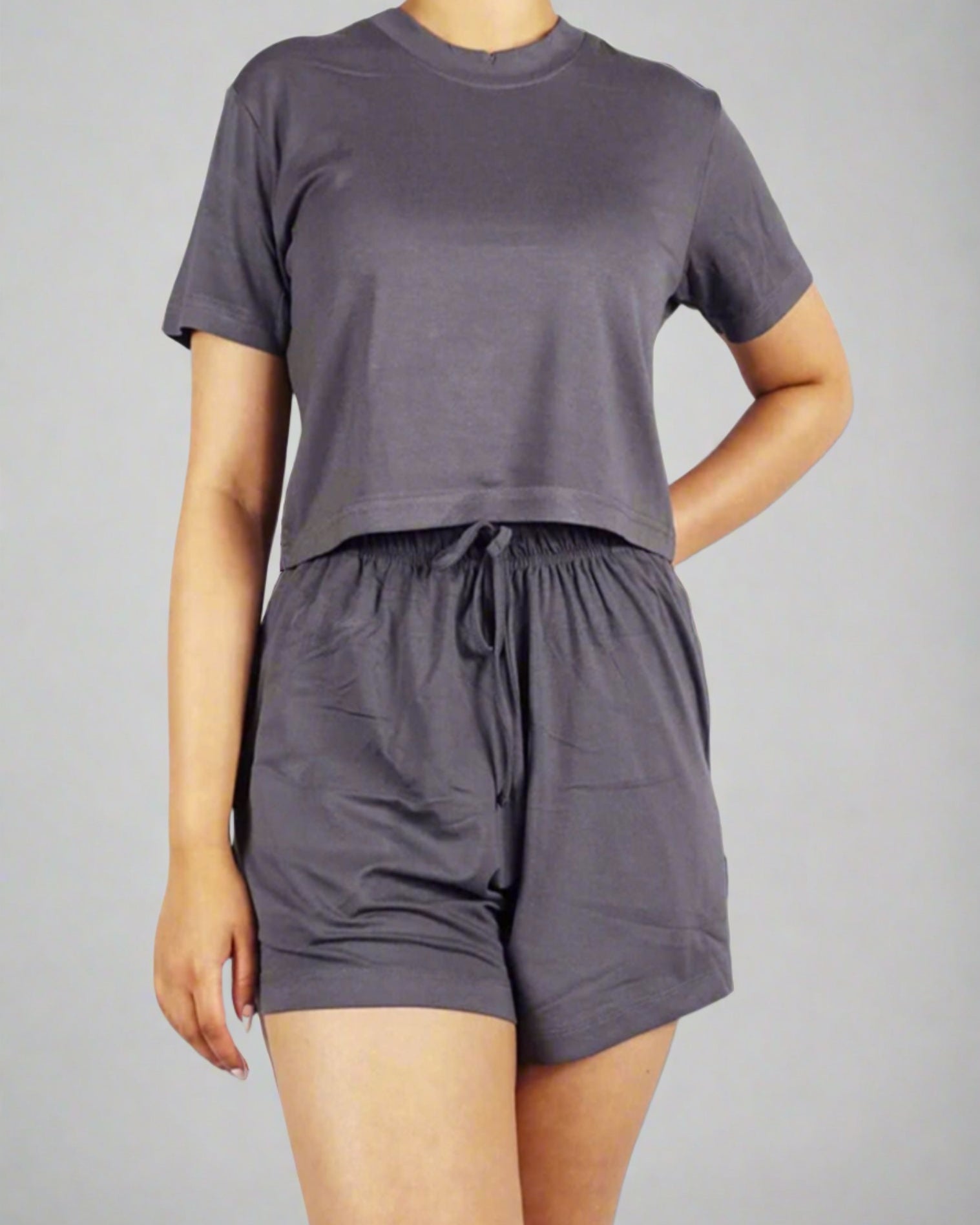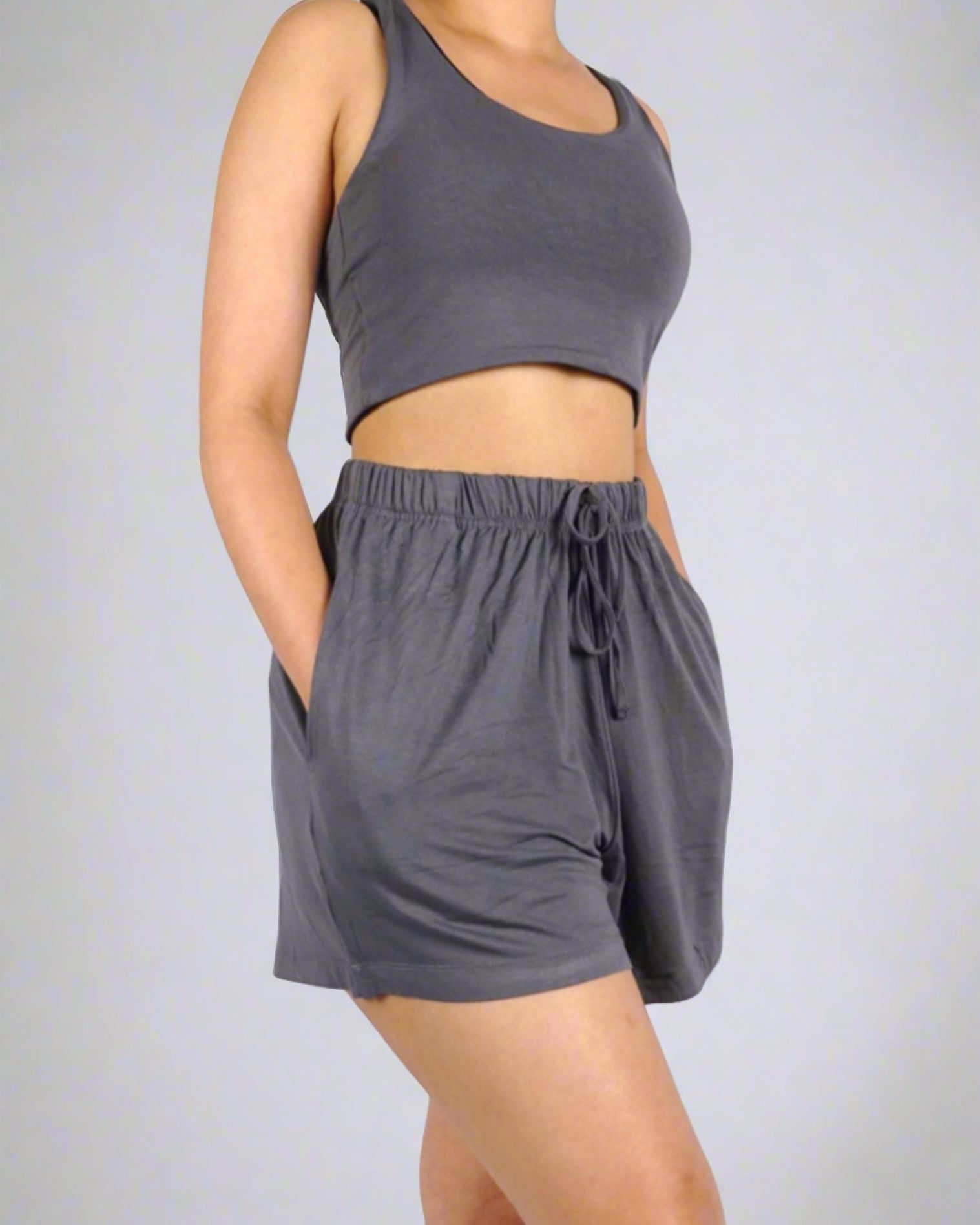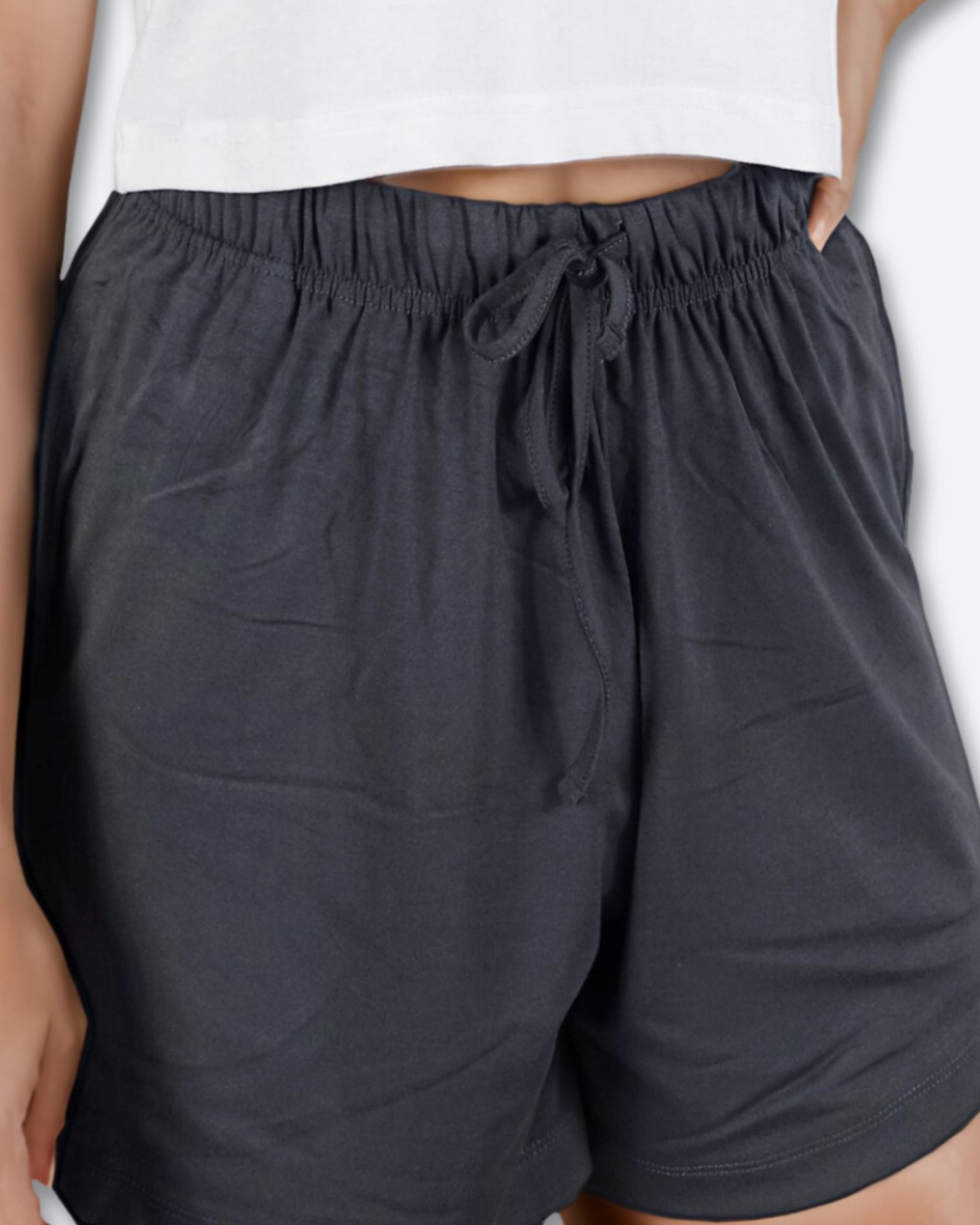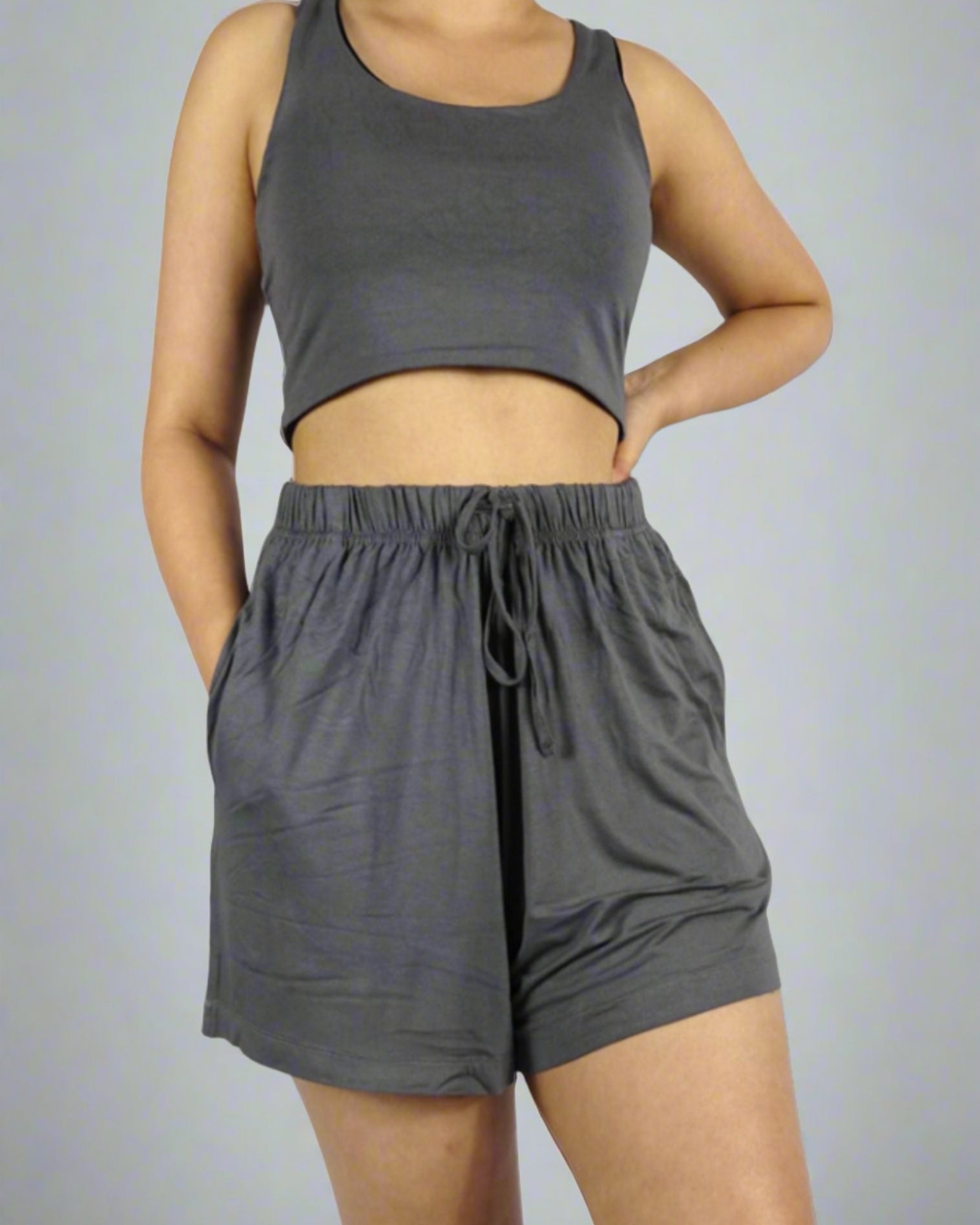As this is ‘Earth Month’, with Earth Day taking place on the 22nd of April, we wanted to highlight some of the things we have been working on to be sustainable here at Active by GS. But first, a little about Earth Day.
Earth Day is an annual event that is celebrated on April 22nd each year. It is a day dedicated to raising awareness and promoting actions to protect the environment and promote sustainability. Earth Day was first celebrated in 1970 and has since become a global movement with participation from countries all around the world.
Kathleen Rogers, President of EARTHDAY.ORG, emphasised the need for collaboration among businesses, governments, and civil society to address the climate crisis and promote a sustainable future in 2023.

At Active by GS, we prioritise your health and well-being, especially your skin's well-being as well as the health of our planet Earth. Our mission is to promote sustainability, and we consistently strive to minimise our environmental impact and push ourselves to be more eco-friendly. We recognise that sustainability is a continual process, and we aim to embark on this journey together with you, one day, one step at a time.
We're excited to share with you some of the ways we've been working towards sustainability. Here are some ways we have been sustainable.
1. UN Climate Neutral Now Participant
We are a participant in the Climate Neutral Now pledge which was launched by the UNFCCC (United Nations Framework Convention on Climate Change) in 2015 to increase climate action. The Climate Neutral Now initiative encourages and supports organisations and other interested stakeholders to act now in order to achieve a climate neutral world by 2050.
2. Packaging
We use compostable packaging from the guys over at @betterpackagingco that are made from completely biodegradable and compostable materials; corn starch, PLA (synthesised from corn) and PBAT (Polybutyrate Adipate Terephthalate). You may add them to your compost or as liners for your planters or vegetable garden. You may also throw them to the usual bin and they will not cause any harm to mother earth.
3. Fabric
Bamboo fibres are a more sustainable alternative to traditional fibres used in textiles because they can biodegrade, are renewable, and have the potential to be produced with less environmental impact (Deleuran et.al., 2012).
Bamboo is also an excellent fabric for activewear as it contains moisture-wicking properties, is antimicrobial, and antibacterial among various other features which means your activewear will not turn smelly after a few turns in the gym or yoga mat and you can confidently wear them for a long afternoon with family and friends. Read more about bamboo and how great it is for you and our planet here.

3. Manufacturing process
From extraction to mixing to spinning to the non-toxic dyes used in our fabrics, we are adamant on keeping a clean manufacturing process that has no waste and no toxicity. The manufacturing process of bamboo fabric is eco-friendly, as it involves the use of natural enzymes to break down the bamboo fibres and minimise the use of harmful chemicals ((Islam et al., 2015). If you’d like to read more about our processes, you can do so here: Our Manufacturing Process.

Our main supplier manufacturing facility is equipped with solar power and solar power generator along with two windmills that generate renewable energy for the entire manufacturing plant.
4. Fairtrade
We collaborate with manufacturers and suppliers who use and apply fair trade policies. Our workers are taken care of and paid according to fair trade practices. We take care of our employees' health and well-being and ensure our manufacturers do too.

We're excited to share with you some of the ways we've been working towards sustainability. These are just a few examples of how we're taking action to reduce our impact and protect the planet. But we're not stopping there. We're constantly looking for new and innovative ways to be even more sustainable in our daily practices. So, join us on this journey towards a greener future! Indulge in our buttery soft activewear - trust us, once you Active by GS, you won't want to wear any other leggings.

